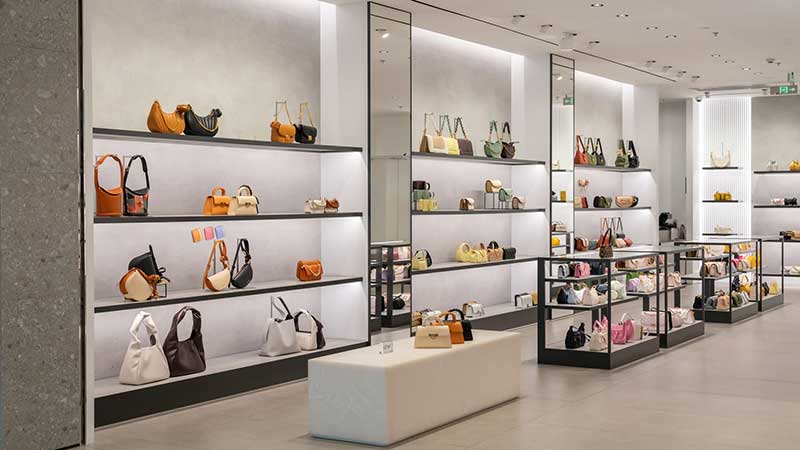
Aside from purchasing second-hand, buying well-made, high-quality clothing is one way to ensure that you can enjoy the items in your wardrobe for longer, rather than opting for fast fashion items on a whim that either end up in landfill or are consigned to the back of your closet, never to be seen again.
Innovations in supply chain management (as well as cheap overseas labor) make fast fashion possible so that consumers can enjoy affordability and instant gratification, while the companies producing the items make a profit. While this sounds like good news, it’s not the whole story.
The True Cost of Fast Fashion
As opposed to luxury designer clothing, where the focus tends to be on quality rather than quantity, “fast fashion” describes cheaply-made clothing produced in order to try and keep pace with rapidly-changing trends according to runway shows or what celebrities are wearing.
While a low price point appeals to customers, the true cost of fast fashion is much higher than most would like to consider. According to the Foundation for Shared Impact (FSI), there are a number of problems with fast fashion, including:
- Wasted textiles: Less than 1% of textiles produced for clothes-making are recycled; the 21 billion pounds that are transported to landfill each year take on average 200 years to decompose.
- Pollution: 35% of microplastics in our oceans actually come from discarded synthetic fabrics. The fast fashion industry is also responsible for 10% of all carbon emissions: more than all global maritime shipping and international flight emissions combined.
- Human rights: Over 300 million people are employed in the $1.3 trillion clothing industry worldwide, many of whom are paid low wages and are subject to dangerous working conditions that jeopardize their health and wellbeing.
A tragic example of this came in 2013, when the Rana Plaza clothes manufacturing complex in Bangladesh collapsed killing over 1000 workers. It was a huge wake-up call for the fashion industry, and in response many brands stepped up to try and change things.
Luxury Brands Are Going Green
In 2020, 32 companies spanning both fast fashion and luxury clothing brands signed the fashion pact, promising to highlight sustainability while aiming to reduce greenhouse gasses impacting the climate. Additionally, organizations like Fairwear are also collaborating with major brands to improve conditions for garment workers.
It’s change that has already been on the horizon for some time, but more recent public attention given to environmental and social concerns has galvanized the movement, turning fast fashion into faster social and environmental change.
Quality Over Quantity

Cheaply-made items are often constructed using cheap, flimsy materials that rarely last more than a few washes. Overall, luxury items are more likely to be composed of sturdier textiles, with more care given to construction. They can also be better value long term, especially when you weigh up cost-per-wear, particularly for clothes that are likely to last years, rather than weeks.
High-quality items also have the benefit of looking newer for longer and tend to be more enjoyable to wear: while synthetic materials like polyester can feel scratchy or uncomfortable, fabrics such as organic cotton tend to be softer and more breathable.
Something Old, Something New
If we’re not keeping up with the latest trends through fast fashion, how can we expect our clothes not to look outdated or boring? The truth is that fashion comes in cycles: along with the regular trends you might see each year popping up on your fashion radar, including floral dresses and tailored masculine clothing, to name a few.
Another way we see fashion history repeat itself comes through retro clothing. Most recently, trends have included a nineties revival featuring wider-cut jeans, tight-fit jeans and platform shoes and “Y2K” style clothing, an evocative, futuristic style blending futuristic elements with nostalgic pop culture references.
Breaking the Cycle
Classic “capsule” items we rarely see fall out of style: a simple, crisp white button down or a pair of black tailored pants, for example. For those seeking luxury designer items on a budget, this type of clothing is typically the best to invest in as it’s less likely to go out of style.
For retro items that come and go, you can always buy luxury if it’s a style you know you’ll love long after the trend is over, but if you want the real deal, vintage clothing is a great option. Many thrift stores make a donation to charity each time you buy, so you can look good, while doing good.
Being more mindful of how we shop not only helps the planet (along with other social and environmental issues), but it helps us create a wardrobe of quality clothes that look stylish, whatever happens to be currently trending.



